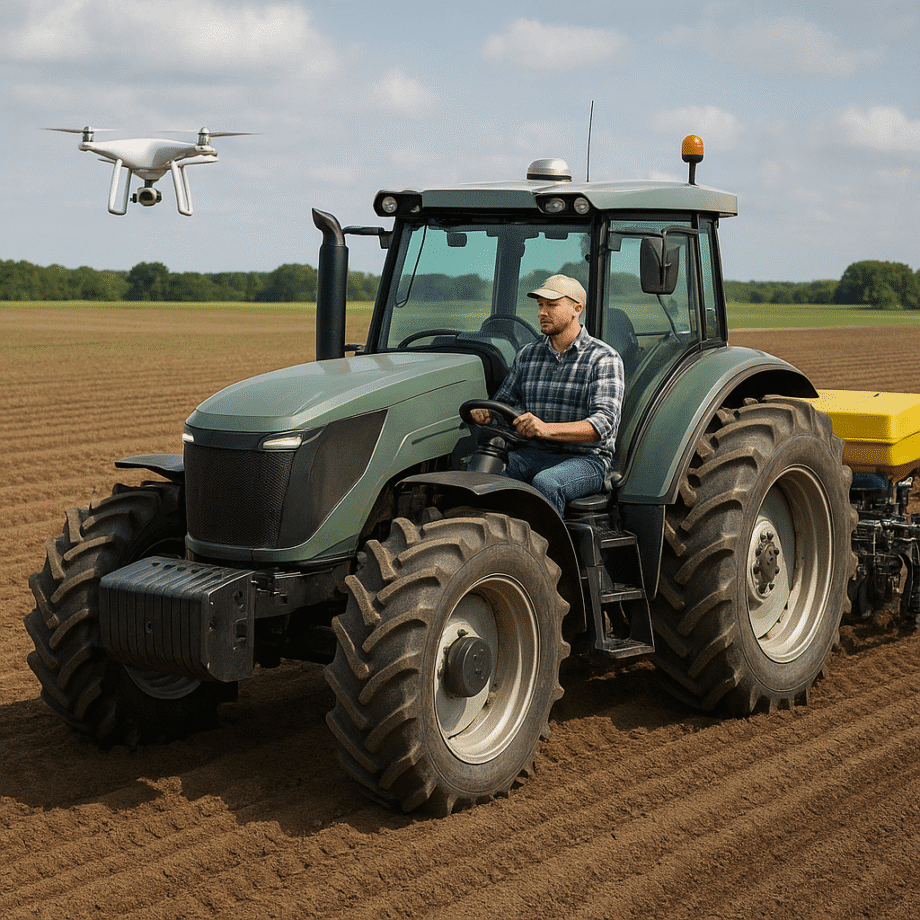Farms across the globe are undergoing a profound transformation fueled by modern technology. The integration of advanced machines has unlocked new levels of Efficiency and productivity. From soil preparation to harvest, every stage of crop cultivation benefits from intelligent systems designed to optimize performance and resource use. This article explores key developments in agricultural machinery, showcasing how these innovations drive progress in the farming sector.
Precision Agriculture and Smart Tractors
At the heart of this revolution lies Precision Agriculture, a concept that enables growers to manage fields with centimeter-level accuracy. Traditional tractors have evolved into smart tractors equipped with GPS, sensors, and automated steering. These vehicles can follow pre-programmed paths, avoiding overlaps and gaps that waste fuel and time.
Key Components of Smart Tractors
- GPS Guidance Systems: Use satellite signals to maintain exact field rows.
- Variable Rate Technology: Adjusts seed, fertilizer, and pesticide application in real time.
- On-board Sensors: Monitor soil moisture, compaction, and nutrient levels.
- Telematics: Tracks machine location, fuel consumption, and maintenance needs.
By integrating these elements, farmers achieve higher Yield per hectare while preserving soil health. A smart tractor can cover large areas with unparalleled consistency, reducing operating costs and allowing operators to focus on strategic tasks instead of manual steering.
Autonomous Systems and Robotics
One of the most exciting frontiers in agricultural machinery is the deployment of Autonomous robots. These platforms handle repetitive chores such as weeding, planting, and harvesting. Small, nimble robots traverse fields at night, using cameras and machine learning algorithms to detect weeds and apply targeted treatments.
Benefits of Robotic Harvesters
- Reduced Labor Dependency: Robots work 24/7 without fatigue.
- Precision Picking: Optical systems identify fruit ripeness and minimize damage.
- Scalability: Modular designs allow easy fleet expansion based on acreage.
In large orchards, Robotics lowers labor costs and addresses seasonal workforce shortages. Drones equipped with multispectral cameras provide aerial reconnaissance, enabling early disease detection and improved field management. The synergy between drones and ground robots exemplifies true Automation in agriculture.
IoT Integration and Data Analytics
The Internet of Things, or IoT, is the backbone of modern farms. A network of sensors placed in the soil, on plants, and within machinery constantly feeds data to a central platform. Here, Analytics tools turn raw numbers into actionable insights.
Core IoT Applications
- Soil Monitoring: Real-time pH, moisture, and temperature readings.
- Weather Stations: Local forecasts that guide irrigation and spraying schedules.
- Livestock Tracking: Wearable devices monitor animal health and location.
- Supply Chain Management: RFID tags track produce from field to market.
Farm managers leverage cloud-based dashboards to make split-second decisions. For example, if a sensor detects low moisture levels, the irrigation system adapts its output automatically, conserving water while ensuring optimal crop growth. Such connected solutions embody the spirit of Innovation in agriculture.
Sustainability and Future Trends
As global populations rise, sustainable food production becomes imperative. Machinery designers focus on reducing carbon footprints and preserving biodiversity. Electric tractors and solar-powered implements are emerging as environmentally friendly alternatives to diesel-powered equipment.
Green Technology Highlights
- Electric Drive Systems: Lower greenhouse gas emissions and maintenance.
- Biochar Spreaders: Enhance soil fertility and sequester carbon.
- Cover Crop Rollers: Promote no-till farming to reduce erosion.
- Renewable Energy Integration: Solar panels and wind turbines powering farm machinery.
The convergence of Sustainability initiatives with digital platforms is shaping the next wave of agricultural machinery. Future devices will deploy artificial intelligence to predict weather extremes, optimize planting windows, and further enhance resource use efficiency. This ongoing evolution not only bolsters farm profitability but also safeguards the planet for generations to come.
